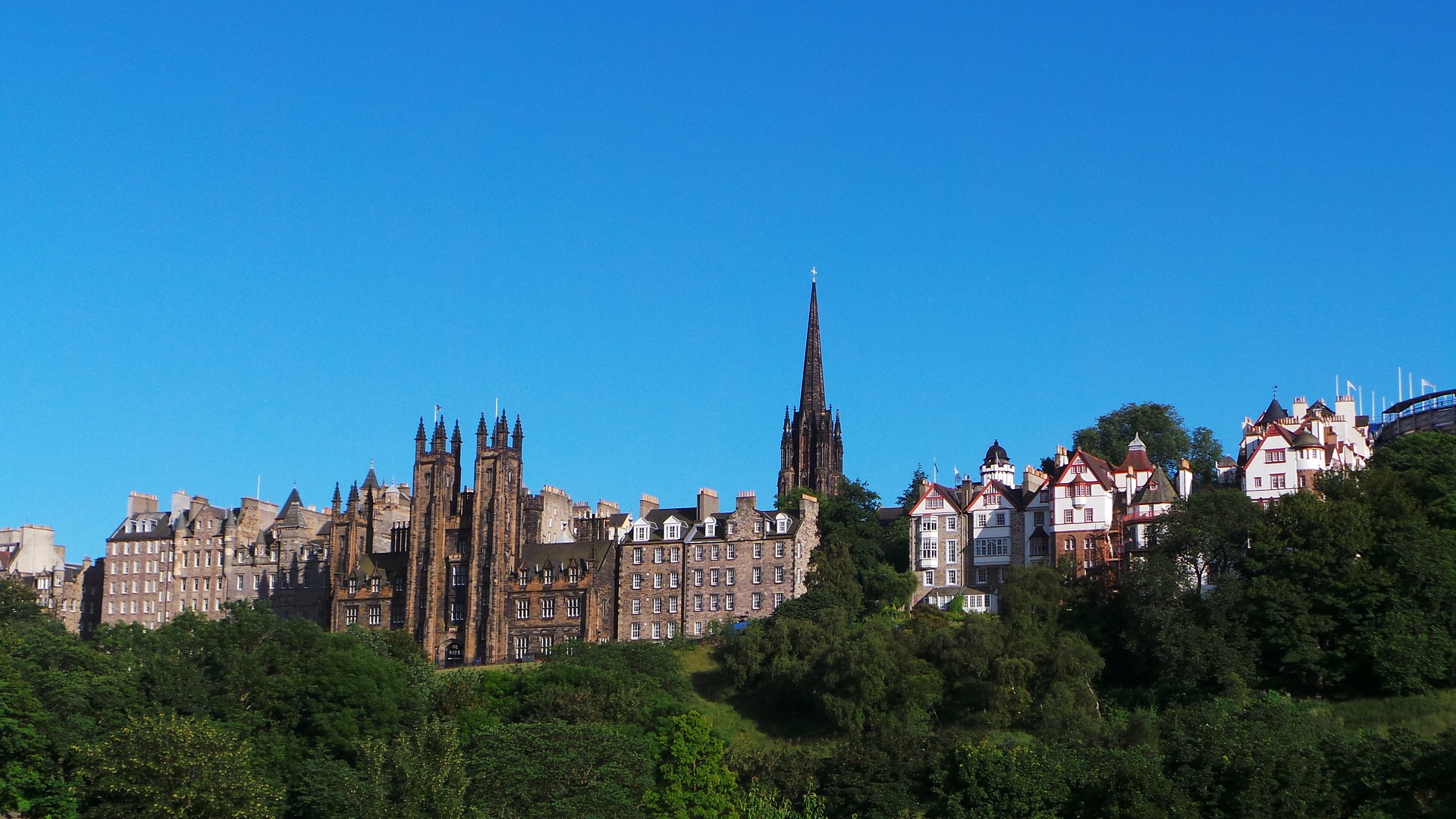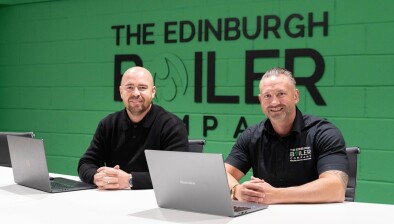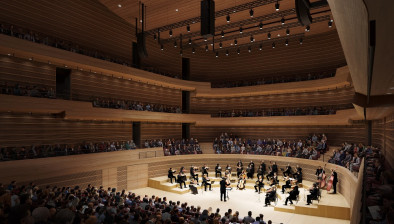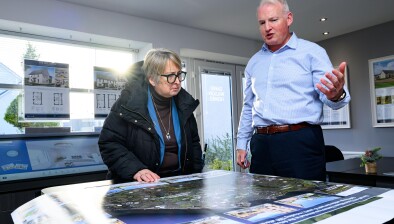Proposed City Plan sets out sustainable future direction of development in Edinburgh
The City of Edinburgh Council has revealed its new City Plan 2030 which will address climate change, affordability, providing more homes and jobs and how people move around.

This proposal is a comprehensive and bold plan to make sure future development in Edinburgh is sustainable, meets the needs of Edinburgh’s growing population and communities and helps the city achieve its Net Zero 2030 ambition.
The report on the proposed City Plan 2030 will be considered by the City of Edinburgh Council’s Planning Committee next Wednesday.
This proposed plan for the next ten years sets out how areas of the city will be linked together building on existing transport networks as well as making full use of education and healthcare facilities already embedded in communities across the capital.
Resetting the direction of development to bring about a joined-up city rather than spreading outwards also provides a positive and sustainable step for future decades to come.
Edinburgh’s population is rising, and people are making huge changes in the way they live their lives due to the global climate emergency and the current health pandemic.
Future development would be managed through the preferred approach set out in the ‘Choices for City Plan 2030’ document, which went through a major consultation exercise with Edinburgh residents and stakeholders.
The proposed plan will support the Scottish Government’s 20-minute walkable neighbourhood plans as well as directing development to and maximising the use of brownfield rather than greenfield land.
In the west a new mixed-use neighbourhood is to be created, well served by existing infrastructure, with the tram line running through as well as an adjacent station, in an area previously designated largely for business development in the 2016 plan.
New neighbourhoods on brownfield land at the Forth Waterfront will also be taken forward. Land has also been designated for new developments at Seafield, Redford Barracks, Astley Ainslie, Edinburgh BioQuarter, Liberton Hospital, Bonnington, Fettes and other major sites across the city.
The draft plan also sets out how the council will deliver land to meet Edinburgh’s housing needs over the next decade, securing a minimum contribution of 35% affordable housing from any new development as well as policies to help manage the number of short term lets (STLs) operating in the city.
In addition to the plan, a consultation is running separately at the moment asking for views on ‘the whole of Edinburgh becoming a ‘STL control area’. If agreed by the Council and the Scottish Government, it would mean all residential properties in Edinburgh, which are not an owner’s principal home, being let as STLs in their totality would require approval of a ‘change of use’ to operate them.
Councillor Neil Gardiner, planning convener, said: “This proposed development plan can recalibrate how development happens in this city, positively shaping how our Capital grows and changes over the next 10 years and beyond.
“Rather than growing forever outwards, the proposed plan focuses on developing new communities on brownfield land which mix living, working and leisure uses. These locations utilise and add to already existing infrastructure. This plan is about us as a city collectively making the right decisions now so that our residents can make reasonable and informed choices about how and where they live and how they get around in the future.
“City Plan 2030 has been developed taking on board the views of residents, businesses, and other stakeholders from across the city to help us meet our core priorities for Edinburgh: making Edinburgh a sustainable city, which supports everyone’s wellbeing and enables our residents to access homes they can afford. The plan also facilitates travel options and networks so that residents won’t have to own a car to move around, while having every opportunity to share in their city’s success.”
He added: “We also need to rethink how we accommodate our growing population and I believe that our emphasis on prioritising brownfield land and making the best use of the limited space we have is the right approach.
“In the west a new neighbourhood with a mix of uses within easy walking distance is to be created. This is also well served by existing infrastructure, with the tram running through the community as well as a mainline station. This area was previously designated largely for business development in the 2016 plan.
“Other significant sites across the city will all require masterplans ensuring that in each case the whole is much more than the sum of the parts, better meeting the needs of new and existing communities.
“Going forward we need to work with developers asking them to rise to the challenges of rapid climate change and finite resources. Developers need to think more carefully about location, using the land we have available effectively, with sustainable design. This proposed plan better connects existing communities through the development of underused brownfield land. We need to protect Edinburgh’s beautiful green setting from the Pentlands to the Forth, increase biodiversity, physical and mental wellbeing, reduce flooding and other climate impacts, and improve air quality.
“Developers will need to make sure that one-third of their houses in residential developments are affordable. We will also continue the city’s own programme to build affordable housing.”
Councillor Maureen Child, planning vice-convener, added: “To meet our ambitious climate change target and become a carbon neutral city by 2030, as the city continues to grow, we must develop differently in the future and our proposed plan sets out how all houses and other buildings will need to be much more energy-efficient.
“We’re already committed to building 20,000 affordable and low-cost homes by 2027 but the city desperately needs more housing. That’s why our proposals put particular emphasis on land for housing and affordable homes. We’ll also make sure that we protect people’s homes by making sure appropriate flood defences are in place for all new developments as we’re fully aware of the risk of flooding and the other impacts of climate change.
“Connectivity is of course central to our success and our other aim is to guide development towards areas where facilities such as schools and healthcare centres already exist. Where these need to be developed we’ll listen to the needs of communities, taking them with us, as new neighbourhoods develop. Our Transport and Environment Committee has also already agreed our City Mobility Plan designed to improve sustainable transport over the next decade.”
Councillors on the Planning Committee will consider the proposed City Plan 2030 next Wednesday before final representations are sought. These will be considered by the council before it is submitted to the Scottish Government for examination.
The council can then consider adopting the plan to shape how the city develops over the next 10 years. You can watch the webcast for the Planning Committee next week here.
















